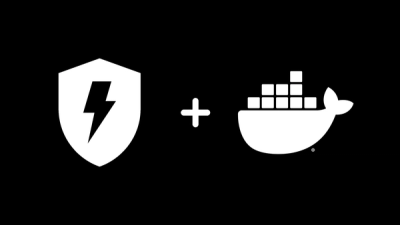tile-mate





This library provides a tool to create continuous rasters of publicly available, global tile sets (in lat/lon) such as Pekel Occurence and ESA 10 m land cover. This is a simpler cousin of dem-stitcher without the need for basic post-processing (e.g. fractional pixel translation and vertical datum transformations).
The API can be summarized as
from tile_mate import get_raster_from_tiles
bounds = [-120.55, 34.85, -120.25, 35.15]
X, p = get_raster_from_tiles(bounds, tile_shortname='esa_world_cover_2021')
# X is an c x m x n numpy array, where c is the number of channels specified by rasterio `count` metadata
# p is a dictionary (or a rasterio profile) including relevant GIS metadata; CRS is assumed to be epsg:4326
The rasters are returned in the global lat/lon projection epsg:4326 and the API assumes that bounds are supplied in this format.
import rasterio
with rasterio.open('esa_world_cover_2021_subset.tif', 'w', **p) as ds:
ds.write(X)
Installation
In order to easily manage dependencies, we recommend using dedicated project environments
via Anaconda/Miniconda
or Python virtual environments.
You can install the package with conda/mamba using:
mamba install tile_mate
or
pip install tile-mate
Alternatively, you can clone the repository and manage the environment using the environment.yml file provided.
mamba env update -f environment.yml- Activate the environment
conda activate tile-mate
- Install the library with
pip via pip install tile-mate.
For development, use pip with -e (editable) mode:
python -m pip install -e .
Python 3.9+ is supported.
Notebooks
We have notebooks to demonstrate common usage:
Datasets Supported
There are numerous tile sets. There are keyword arguments for many of the tiles. For example, for hansen_annual_mosaic the years 2013-2022 can be specified. The easiest way to see what is possible is to look at the Basic Demo. The datasets supported are:
In [1]: from tile_mate.stitcher import DATASET_SHORTNAMES
In [2]: DATASET_SHORTNAMES
Out[2]: 'pekel_water_occ_2021',
'esa_world_cover_2020',
'esa_world_cover_2021',
'hansen_annual_mosaic',
'hansen_lossyear',
'hansen_gain',
'hansen_treecover_2000',
's1_coherence_2020',
'radd_deforestation_alerts_2022',
'hand',
'glad_landcover',
'glad_change'
More information about these datasets can be found below
See these notebooks to see how these tiles are generated and organized. Feel free to open a issue ticket or PR if there are modifications or new tilesets you would like to see.
Dateline/antimeridian support
We support a single dateline crossing (crossing +/- 180 longitude) within get_raster_from_tiles using in-memory translation of tiles (same as dem-stitcher's functionality).
We "wrap" tiles across this dateline crossing.
We assume that the supplied bounds/extent overlap the standard lat/lon CRS grid i.e. longitudes between -/+ 180 longitude and are within -/+ 90 latitude, where a buffer around the dateline (longitude axis or $x$-axis).
Wrapping tiles around the North and South poles (i.e. at -/+ 90 latitude) is not supported (a different CRS is what's required) and an exception will be raised.
Contributing
We welcome contributions to this open-source package. To do so:
- Create an GitHub issue ticket desrcribing what changes you need (e.g. issue-1)
- Fork this repo
- Make your modifications in your own fork
- Make a pull-request (PR) in this repo with the code in your fork and tag the repo owner or a relevant contributor.
We use ruff and associated linting packages to ensure some basic code quality (see the environment.yml). These will be checked for each commit in a PR. Try to write tests wherever possible.
Support
- Create an GitHub issue ticket desrcribing what changes you would like to see or to report a bug.
- We will work on solving this issue (hopefully with you).
Acknowledgements
This tool was developed to support OPERA.








